The error message "a driver cannot load on this device" typically appears when Windows fails to initialize a critical hardware driver. This issue can lead to malfunctioning devices, system instability, and performance problems. Whether you're encountering this error with ene.sys (related to ENE hardware), asio.sys (audio drivers), or wdcsam64.sys (Western Digital storage drivers), understanding the root cause is essential for an effective solution.
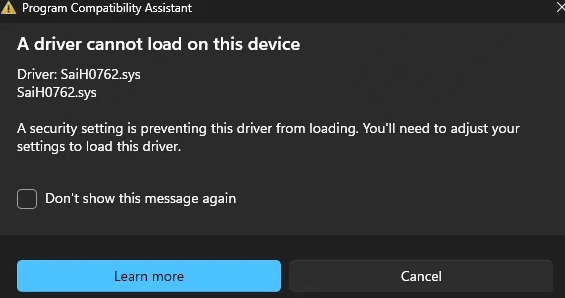
Part 1. What Does "A Driver Cannot Load on This Device" Mean?
When Windows displays "a driver cannot load on this device", it means the operating system attempted to start a driver but failed. This can happen due to corruption, compatibility issues, or conflicts with other system components. Drivers like ene.sys (used by ENE Technology for input devices), asio.sys (essential for low-latency audio processing), and wdcsam64.sys (related to Western Digital storage management) are common examples that may trigger this error.
Part 2. What Causes "A Driver Cannot Load on This Device"?
Before attempting fixes, it's important to understand why "a driver cannot load on this device" occurs. Several factors can contribute to this problem, ranging from simple software glitches to deeper system issues.
Corrupted or Outdated Drivers – An old or damaged driver file (e.g., ene.sys, asio.sys, wdcsam64.sys) may fail to initialize.
Incompatible Drivers – A driver not designed for your version of Windows can cause conflicts.
Windows Update Errors – Recent system updates may interfere with driver functionality.
Malware Infection – Viruses or malware can corrupt critical driver files.
Registry Issues – Invalid or broken registry entries may prevent drivers from loading.
Driver Conflicts – Multiple drivers trying to control the same hardware can lead to failures.
Part 3. How to Fix "A Driver Cannot Load on This Device"
If you're facing the "a driver cannot load on this device" error, follow these proven troubleshooting methods to resolve it. Each solution addresses different potential causes, ensuring a comprehensive fix.
Method 1: Update the Problematic Driver
One of the most common reasons for "a driver cannot load on this device" is an outdated or corrupted driver. Keeping drivers updated ensures compatibility and stability.
Option 1: Update via Device Manager
Step 1. Press Win + X and select Device Manager.
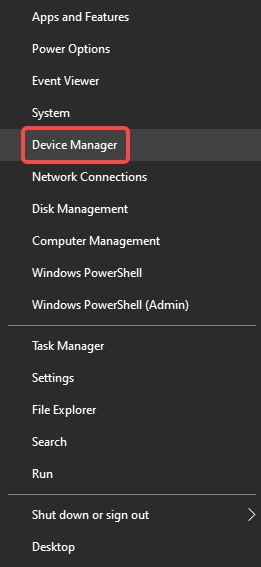
Step 2. Locate the device with the driver issue (e.g., under Sound, video and game controllers for asio.sys).
Step 3. Right-click the device and select Update driver.
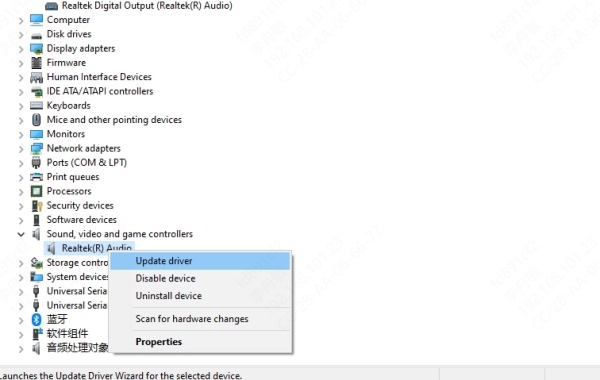
Step 4. Choose Search automatically for updated driver software.
Step 5. Restart your PC after installation.
Option 2: Update Drivers Automatically with PcGoGo Driver Sentry
Manually updating drivers can be time-consuming and confusing. PcGoGo Driver Sentry simplifies the process by automatically detecting and installing the latest drivers for your system, including problematic ones like ene.sys, asio.sys, and wdcsam64.sys.
Steps to Use PcGoGo Driver Sentry:
Step 1. Download and install PcGoGo Driver Sentry.
Step 2. Launch the program and click Scan.
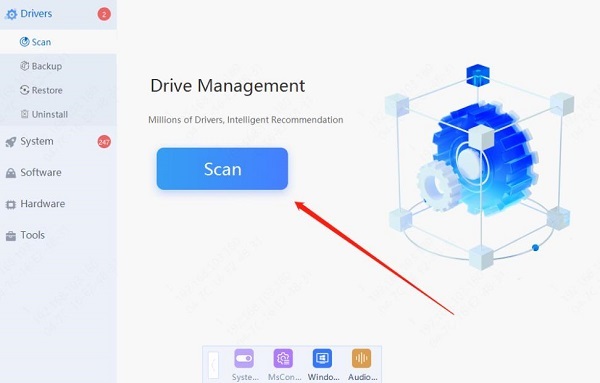
Step 3. Review the outdated or missing drivers (e.g., ene.sys, asio.sys).
Step 4. Click Update All to install the latest drivers.
Step 5. Restart your computer to apply changes.
Method 2: Roll Back the Problematic Driver
If the "a driver cannot load on this device" error appeared after a recent driver update, rolling back to a previous version may resolve the issue.
Step 1. Open Device Manager.
Step 2. Right-click the problematic device and select Properties.
Step 3. Go to the Driver tab and click Roll Back Driver.
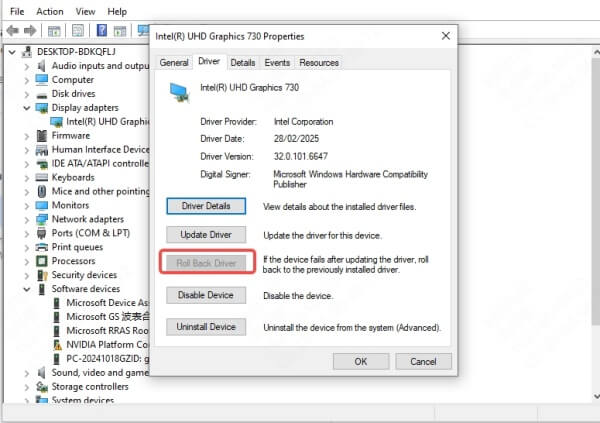
Step 4. Follow the prompts and restart your PC.
Method 3: Reinstall the Driver
Corrupted driver files (such as wdcsam64.sys) can cause loading failures. A clean reinstall ensures a fresh copy of the driver is installed.
Step 1. Open Device Manager.
Step 2. Right-click the device and select Uninstall device.
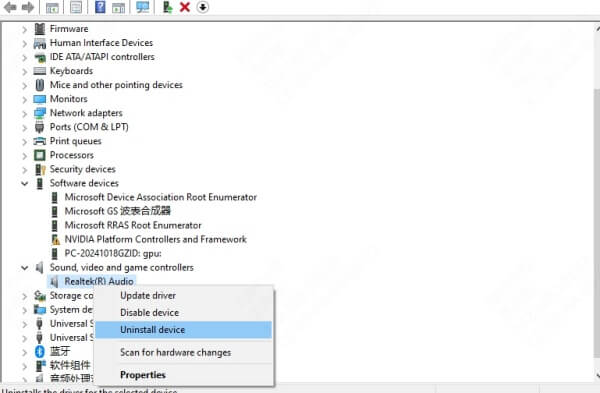
Step 3. Check Delete the driver software for this device and confirm.
Step 4. Restart your PC—Windows will reinstall the driver automatically.
Method 4: Run Windows Troubleshooter
Windows includes a built-in troubleshooter that can automatically detect and fix driver-related issues, including "a driver cannot load on this device".
Step 1. Go to Settings > Update & Security > Troubleshoot.
Step 2. Select Hardware and Devices and run the troubleshooter.

Step 3. Follow the on-screen instructions to fix the issue.
Method 5: Scan for Malware
Malware infections can corrupt driver files, leading to "a driver cannot load on this device" errors. A full system scan helps detect and remove harmful software.
Step 1. Use Windows Defender or a trusted antivirus to scan your system.
Step 2. Remove any detected threats and restart your PC.
Method 6: Perform a System Restore
If the error started after recent system changes, restoring Windows to a previous state can undo problematic updates or installations.
Step 1. Type System Restore in the Windows search bar and open it.

Step 2. Select a restore point before the issue occurred.
Step 3. Follow the prompts to restore your system.
Conclusion
The "a driver cannot load on this device" error can be frustrating, especially when it affects essential drivers like ene.sys, asio.sys, or wdcsam64.sys. By following the methods above—updating drivers, rolling back changes, reinstalling drivers, or scanning for malware—you can resolve the issue effectively. For the easiest and most reliable solution, PcGoGo Driver Sentry ensures all your drivers stay up-to-date automatically. Fix driver errors now—download PcGoGo Driver Sentry today!